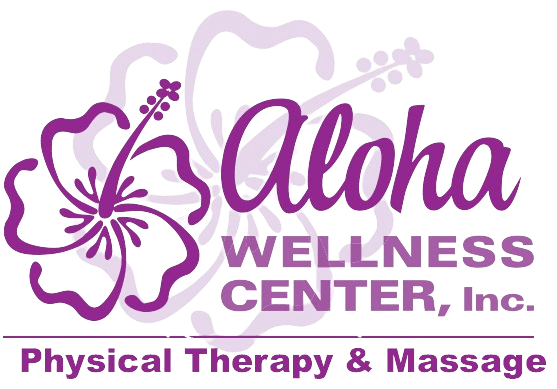How Physical Therapy Can Help Fix Your Posture and Ease Your Pain

Posted on January 17, 2024
Have you ever felt like your shoulders are slouching or your neck is always strained? That might be because of something called Upper Cross Syndrome. It's a fancy term for when our muscles get out of balance because of bad posture. But don't worry, physical therapy can really help with this.
What is Upper Cross Syndrome?
Upper Cross Syndrome happens when the muscles in your neck, shoulders, and chest don't work together like they should. It's like having a tug–of–war where both sides are losing. This can cause pain, make it hard to move, and even lead to headaches. It's pretty common, especially if you sit a lot or use a computer every day.
How Can Physical Therapy Help?
Researchers looked at a bunch of studies and found some cool things. Physical therapy, especially exercises and manual therapy (where therapists use their hands to help your muscles and joints), can make a big difference. Here's how:
- Fixing Your Posture:Physical therapy exercises help straighten out your posture. They focus on making the weak muscles stronger and the tight muscles more relaxed.
- Easing the Pain:Manual therapy, like massage and special movements by the therapist, is great for reducing pain. It's like having a magic touch that targets the sore spots.
- Making Movement Easier:After therapy, people find it easier to move their necks and shoulders. No more stiffness!
Real Life Success Stories:
In these studies, people with Upper Cross Syndrome tried physical therapy and saw big improvements. They had less pain, better posture, and could move around more easily. It wasn't just a one–time thing either; they kept feeling better over time.
Why It's Important:
Having good posture isn't just about looking confident. It helps your body work better and keeps you from getting hurt. Plus, not being in pain means you can enjoy life more, whether that's playing sports, working without discomfort, or just feeling great.
Contact Us Today For More Information
If you're dealing with pain, stiffness, or just feel like your posture could be better, physical therapy might be just what you need. Don't wait for it to get worse. Talk to a physical therapist and start your journey to feeling and moving better. Remember, taking care of your body today means a healthier, happier you tomorrow!
For more information, read the full research here.
DISCLAIMER:
The information in the articles, posts, and newsfeed is intended for informational and educational purposes only and in no way should be taken to be the provision or practice of physical therapy, medical, or professional healthcare advice or services. The information should not be considered complete or exhaustive and should not be used for diagnostic or treatment purposes without first consulting with your physical therapist, occupational therapist, physician or other healthcare provider. The owners of this website accept no responsibility for the misuse of information contained within this website.
Contact
Elevate Your Wellness Journey
Fill out the form below, and let's start this empowering journey together. Your path to relief, restoration, and revitalization begins here.
